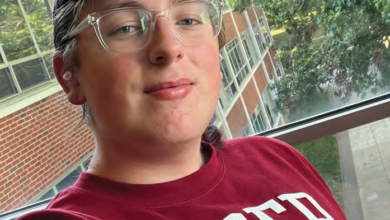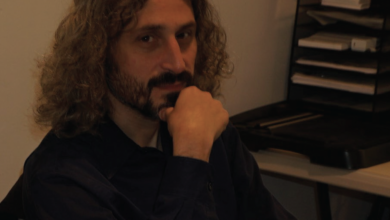Balancing the budget: the need for a new crisis management approach
By Paulina Goldman
As a Rider graduate and an adjunct, I must address some of the solutions that are being discussed to reduce the deficit. I am a nonprofit, public policy and capacity-building professional who manages crises. I have successfully spearheaded five transitions and organizational restructures during circumstances that closely mirror the one the university is navigating. Thus, I understand many of the challenges that Rider is facing. However, some of the proposals that are moving forward will impede the basic functions of a university and must be reversed. Cutting the library budget by $300,000 and eliminating subscriptions to current academic journals will deny students and faculty access to rudimentary materials that should be a given in an academic setting, Therefore, I want to share some crisis management strategies that I have found effective.
It is essential to identify strategic objectives that increase efficiency, build the capacity to carry out the work of the university at all levels and prepare for the future. The three key strategic objectives at this moment are increasing revenue, increasing the prestige and visibility of the university and reducing debt and unnecessary costs. This requires triaging priorities and establishing short-term and long-term remediation strategies. Many of the current solutions appear to only focus on cost-cutting measures that do not consider their impact on the integrity or functions of the university.
Problem-solving strategies must be co-developed with a team of varied stakeholders. In this case, this would include a combination of faculty from each department, staff who provide support services for students, and different administrative departments who would insure that there is sufficient manpower and funding to support problem-solving strategies. Without collective engagement, every suggestion will be met with suspicion and resistance because the solutions will not be viewed as aligned with the direct work of the university or will appear to compromise academic integrity.
Co-creating solutions does not mean administrators and consultants identify areas to slash and departments then provide input on how to operationalize their decisions. Instead, priorities should be driven by those who best understand the university’s work. Correspondingly, the faculty and student services staff are most suited to identify student needs and research priorities. The fiscal, development, marketing and compliance departments should then strategize on how to pay for, publicize and operationalize the jointly identified solutions while balancing the administrative functions of the university like paying the bills, managing the facilities, human resources, health insurance, etc. This type of collaboration does not appear to be happening.
A useful starting point for triaging priorities that can seem counterintuitive is to begin by asking all stakeholders, “If money was not a consideration, what would be needed to increase revenue and increase the prestige and visibility of the university?” Based on the financial reality, course corrections are then developed and strategic priorities that build toward the optimal organizational structure are identified. Input from everyone with a touchpoint to a shared strategy or function (i.e., faculty, student services, fiscal, fundraising, etc.) should be incorporated into the final implementation plan that includes short-term priorities, mid-range strategies and long-term growth objectives.
In mission-driven organizations like Rider, the recovery process must also be driven by a common set of values since faculty, staff and students are driven by the institutional mission. A shared ethos also helps to guide decision-making during conversations that can, inevitably, become emotional and conflictive if people don’t feel respected, informed or heard.
Crisis management at a nonprofit university cannot be undertaken in the same manner as a for-profit business. The economic principles that guide universities are different from those of for-profit institutions because they are not exclusively driven by supply and demand. Rider has a hybrid funding stream that relies on tuition, grants, donations and legislative appropriations. Unlike a for-profit where you can just make cuts, the needs and wishes of the donors must be complied with.
The Board of Trustees and the university’s leadership have a duty of care that they are obligated to carry out. It’s not too late to re-examine your existing approach to problem-solving. Organizational systems and processes must always support the work of an institution instead of the reverse. Prioritize balancing the needs of students with the sustainability and reputation of the university by adopting a new strategy.
Note: The term “administrative” refers to employees whose work provides benefits across all the functions of the university and cannot be attributed exclusively to one department. It includes the worker bees who make the university function, pay the bills, carry out the fundraising, implement public relations strategies, etc. I am not suggesting increasing the salaries of the VPs or hiring more VPs.
“Capacity” refers to ensuring that everyone has the resources and systems support they need to carry out their work.
Paulina Goldman, political science adjunct



